We recently connected with Susannah Horwitz and have shared our conversation below.
Hi Susannah, thanks for joining us today. Can you open up about a risk you’ve taken – what it was like taking that risk, why you took the risk and how it turned out?
For much of my life, I had not considered myself to be a risk taker.
As a child, I was one of the quietest students in my class. I played it safe as much as possible and made every effort to never break any rules. It took me more time than my siblings and peers to gain the confidence to ride a two wheel bicycle, I avoided riding a rollercoaster until I was an older teen, and was never very excited to jump off the high dive or climb the highest tree. But looking back, I’ve come to realize that risk has actually been a thread through my life all along–I just showed up as a very untraditional kind of risk taker. And I think there are more of us “untraditional risk takers” out here than many people realize.
My version of risk has often been quieter: choosing to step forward even when self-doubt tried to tell me I wasn’t fully ready, stepping into unfamiliar roles at school and in my career when I might not have felt like the “best” or most qualified, and still showing up in my own way—even when I felt afraid.
One of the earliest risks I remember taking was signing up for an Outward Bound course when I was 15. At that time, my parents were going through a divorce after 25 years of marriage and I started meeting with a therapist for the first time. This therapist was the one who recommended Outward Bound–he felt that it could help me with my self-esteem and confidence. I didn’t fully know what I was getting into—but in the summer of 1991, there I was, deep in the North Cascade mountains in Washington–surrounded by strangers, carrying everything I needed on my back while hiking at least 5 miles a day, rock climbing for the first time in my life, and living completely off the grid for 3 weeks. That experience most definitely changed me. It taught me how much strength we discover when we finally step outside of what feels familiar (even if that familiar zone is no longer serving us), and how essential it is to have people around who believe in you when you’re unsure of yourself.
That pattern continued. In 11th grade, after having attended a public creative and performing arts school for 6 years, I finally found my voice, taking creative and social risks every day–such as joining competitive choir ensembles, volunteering to audition for solos, and making new friends with students whom I had once considered “too cool” for me. In college, I auditioned for an all-female acapella group that became one of my main sources of support throughout college. Later in my Junior year, I connected with some other musicians to restart a music group on campus that was lacking direction. I interviewed to be a Resident Advisor and became the Head RA of the largest first-year co-ed dorm on campus my Senior year. Post-undergrad, I said yes to a rigorous interview process for Teach for America and at 23 years old, I taught 6th grade in the biggest middle school in all of Baltimore City Public Schools. From that point on, I continued to work with hundreds of youth as public school teacher, outdoor experiential educator, art museum educator, guidance counselor, and expressive arts therapist in places like Baltimore, Boston, Michigan, Ohio, and beyond— with young people labeled “high risk,” who taught me about trauma, systemic racism, and being brave in ways that no textbook ever could.
Eventually, I took the leap into private practice—and even there, I kept following the path that felt true, even when it didn’t match the norm. I started bringing clients outside, into the woods and onto the trails, even when no one around me was doing that kind of work. I left insurance panels and raised my fees in a system that still discourages therapists from honoring our own basic needs and the value of our time. I integrated expressive arts, EMDR, parts work, and eventually, psychedelic integration and psychedelic-assisted therapy into my practice—always following the pulse of what felt meaningful and alive, even when I second-guessed my decisions or was afraid others wouldn’t understand.
Each shift was a risk. And each time, I definitely felt fear. But I kept noticing: the things that scared me the most often held the greatest openings—not only for me, but also for the people I serve.
Lately, I also find myself drawn to issues that I used to avoid entirely, such as working with clients facing death anxiety, grief, and illness. When I started my practice almost 16 years ago, I would sometimes feel unqualified to hold those types of experiences. But a combination of years of experience with therapy clients and engaging my own ongoing healing work—particularly with somatic therapy and psychedelics—I’ve learned how to stay present with fear. Not to fix it or erase it, but to befriend it and allow it to be there without running my entire life. That’s one of the most powerful things I find that I can offer as a therapist: the ability to support someone in being with and moving through discomfort as an often necessary part of their experience of change and transformation.
So when people ask me about risk now, I remind them: Risk isn’t about being fearless. It’s about taking a small first step toward something you truly want and need—even if it feels scary. Your voice might tremble or you might stutter, your body might feel sweaty or shaky, but with the right support, you can still experience all of those things and not let the fear stop you, because you can learn to recognize that fear is not your enemy. Risk is also about learning to trust that what initially looks like a detour could potentially be your truest path. And it’s about recognizing that courage doesn’t always arrive as a loud roar—sometimes it whispers: “keep going–you are not alone–you’ve got this.”
Awesome – so before we get into the rest of our questions, can you briefly introduce yourself to our readers.
Many of my clients have spent their whole lives being rule followers—not because it fit them at their core, but because it always kept them safe. They are often those who think “I’ve followed all the rules my whole life, but something inside me is itching to break free—and I’m terrified.” The truth is that they never really aligned with the systems around them and expectations set for them–even if they let these become their familiar zone. Fear of being ostracized, left behind, or hurt—physically or emotionally—taught them to work hard, excel, and blend in. For years, this “worked” and became their familiar zone, so they didn’t make any effort to question or change it. But at some point, it started to get in their way of living a meaningful and healthy life.
Sometimes burnout crept in quietly. Other times, a big shift or trauma cracked the surface—a loss, a diagnosis, a relationship ending, a career collapse—and they could no longer ignore the truth: the rules they followed were never built for them. They might say something like, “I never thought I’d be the person who… left my marriage, walked away from my dream job, struggled as a parent, or felt this anxious after years of having it all together.” I often meet clients in that moment of reckoning—when the story they’ve been living no longer matches who they truly are—and help them walk through the disorientation into a more authentic way of living.
I offer a blend of nature-based therapy, expressive arts therapy, and trauma-informed somatic therapy approaches to help people navigate these turning points. In my practice, healing might mean walking together by the creek and finding spaces in nature to do EMDR (yes–outdoors!), making art and music that more clearly illustrates what might be too difficult to express in words, or integrating insights from a psychedelic journey. I received my Masters degree in Expressive Therapies (art therapy, music therapy, dance/movement therapy, and psychodrama/drama therapy) with a specialization in Clinical Mental Health Counseling from Lesley University in 2003. I trained in Psychedelic-Assisted Therapy with the Integrative Psychiatry Institute and Skylight Psychedelics, and became certified as a Psychedelic-Assisted Therapy Provider in 2024. I’m a licensed professional counselor in Colorado, licensed mental health counselor in Massachusetts, licensed telehealth provider in Florida, EMDR Certified therapist, and Certified Trauma Professional. After a lot of training, many hours of practicum, consultation, and lived experience, I most recently received my license as a Natural Medicine facilitator, which means I am able to legally facilitate psilocybin-assisted healing sessions in Colorado.
What sets my work apart is a mix of grounded, science-backed and evidence based practical tools and expansive, playful, intuitive methods. I adapt my approach for each client—whether online or outdoors, navigating loss or rebuilding after change—and hold space for them to strengthen trust in their internal wisdom and rediscover parts of themselves they thought were gone forever. I absolutely love to witness the moments when my clients realize that they can face what once felt impossible, and reclaim the courage to live a life where they finally feel “at home” within themselves so that they can more easily and confidently connect with others.
How about pivoting – can you share the story of a time you’ve had to pivot?
In 2012, I was working part-time at a nonprofit arts organization while also running my growing private practice on the side–and in late summer of that year, I became pregnant. I still remember the day when my body sent me a very clear message: if I was going to be the kind of parent I wanted to be, the pace and structure of my nonprofit role were no longer sustainable. Even though I loved the people and the work, I knew it was time to fully step into caring for my body and my growing child. This made it even clearer that I also needed to step more fully into private practice—something I had likely been ready for a year earlier but had been too afraid to do—so that I could have more control of my own time and finances. Leaving behind the security of a consistent paycheck and the sense of belonging at a workplace I’d been part of for nearly a decade was scary, but I trusted the message.
Making that pivot turned out to be one of the best decisions of my life. I was able to create my own 3 month maternity leave, transition my nonprofit role with care, and then return to work with a practice that gave me far more freedom. I could set my own schedule, charge sustainably, and—most importantly—walk home during breaks to nurse and care for my baby. It was the first time I experienced what it meant to work less and earn more, while also feeling more aligned with the life I wanted to live.
Learning and unlearning are both critical parts of growth – can you share a story of a time when you had to unlearn a lesson?
A concept that I continue to have to unlearn is this: that success only comes from working long hours and pushing myself to exhaustion. I know this is something that many people can relate to–especially here in the United States. I grew up seeing models of financial success that were built on constant overwork and very little rest, and the mental health field often reinforces this idea by glorifying accessibility at the expense of sustainability. For years, I believed that rest was something you earned only after everything else was done. This led me toward the edge of burnout several times in my career life, which for me most often showed up as stress within close relationships, disorganization, symptoms of anxiety & depression, physical illness, or even physical injury.
What I’ve learned instead is that rest, play, and tending to my health come first—and that’s what allows me to be a more present, creative, and effective therapist. I can choose what financial success looks like for me, and it doesn’t have to come at the cost of my well-being. I have even learned to build rest (and play!) into the work that I do with others so that I am still attending to my own basic needs even while I am present for another person. This is why I often call nature and the arts my “co-therapists”–they support me in feeling grounded and resourced during therapy sessions just as much as they support my clients!
It has taken a long time for me to unlearn what was likely passed on to me as a result of intergenerational trauma –creating an ongoing concept that we won’t survive if we choose to rest as much as a human body truly needs to rest. But I’ve learned through my own and others’ more recent experiences (including my own therapy) to remind my nervous system that rest is not something that makes us unsafe. Rest is not laziness; it’s absolutely essential. Prioritizing rest is what truly makes it possible to do the work I’ve chosen to do with care, presence, and longevity.
Contact Info:
- Website: https://www.susannahhorwitz.com
- Linkedin: www.linkedin.com/in/susannah-horwitz-2911998b
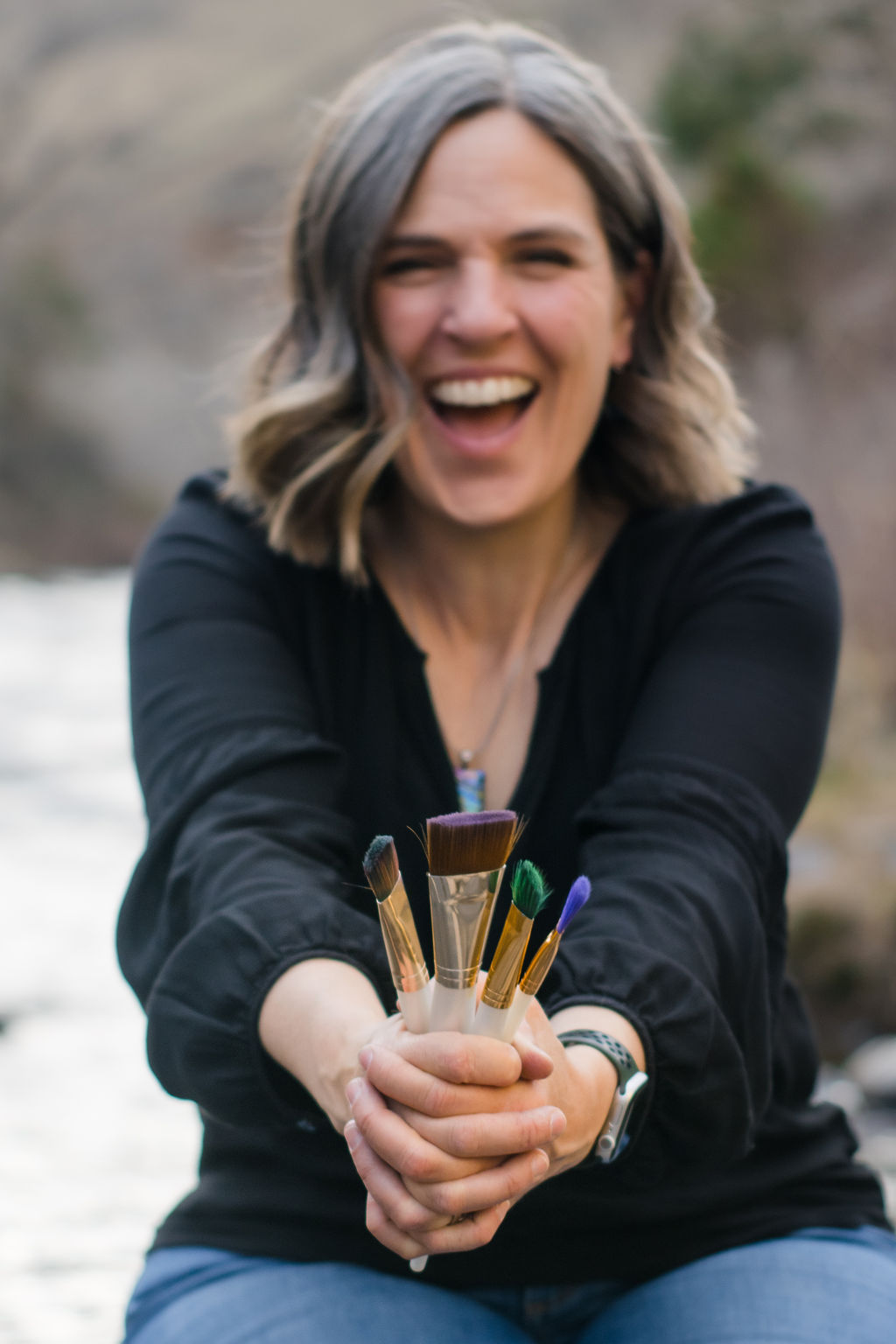



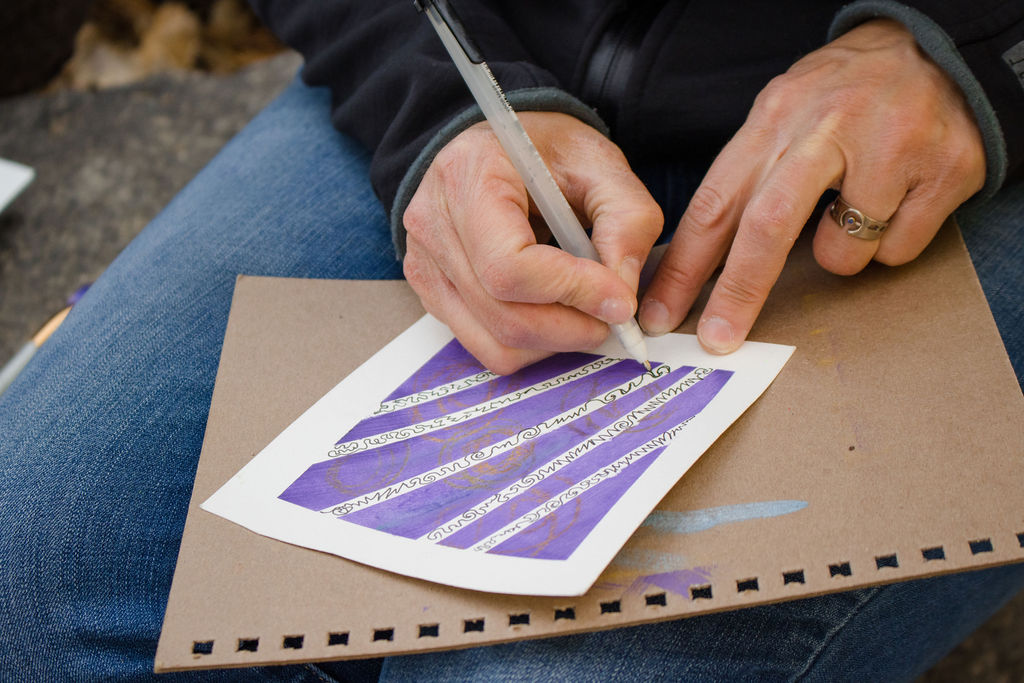
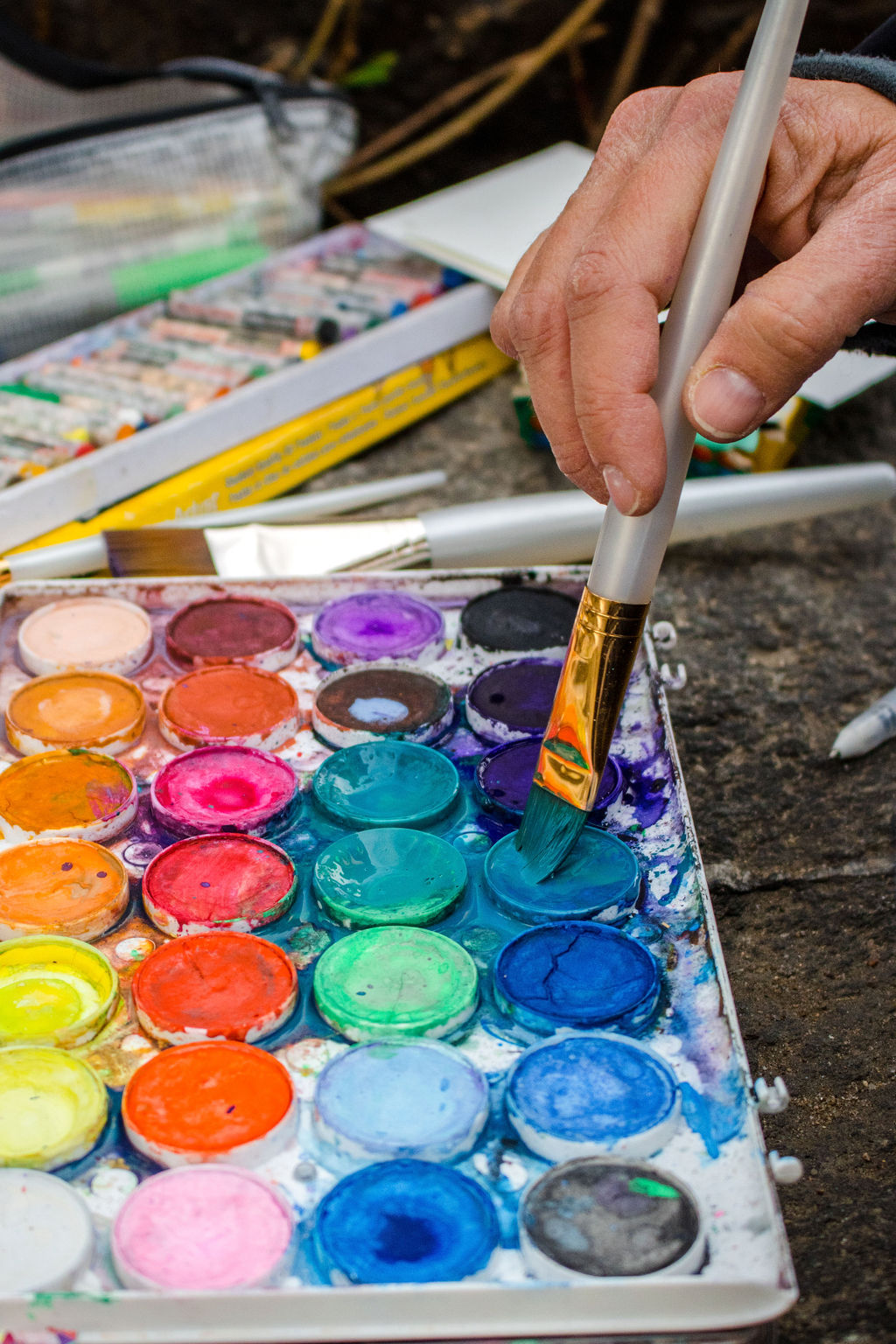
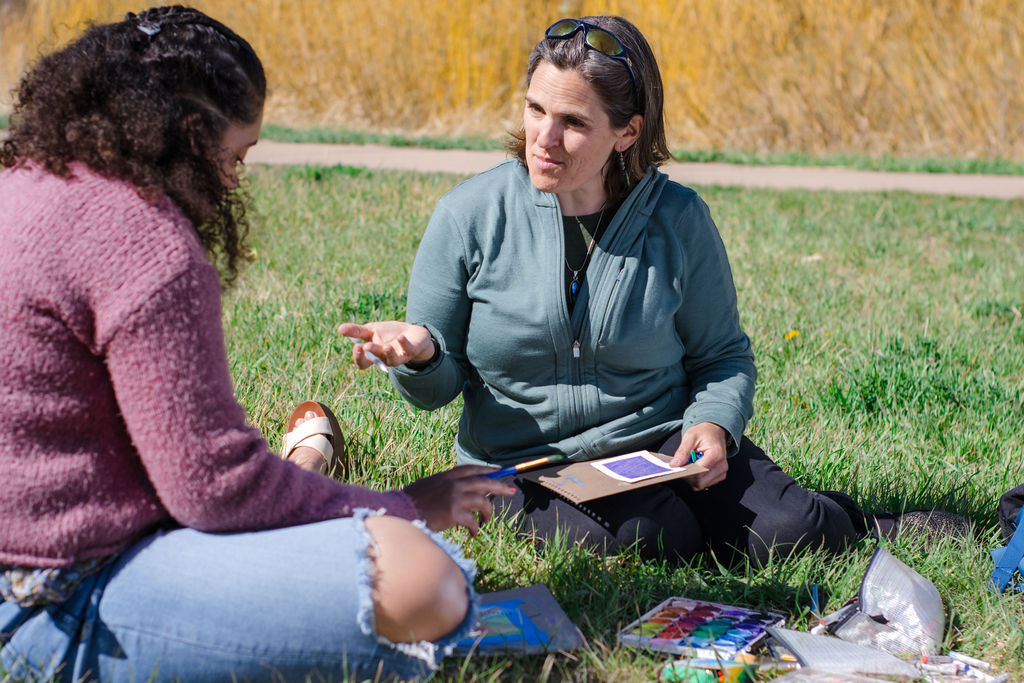
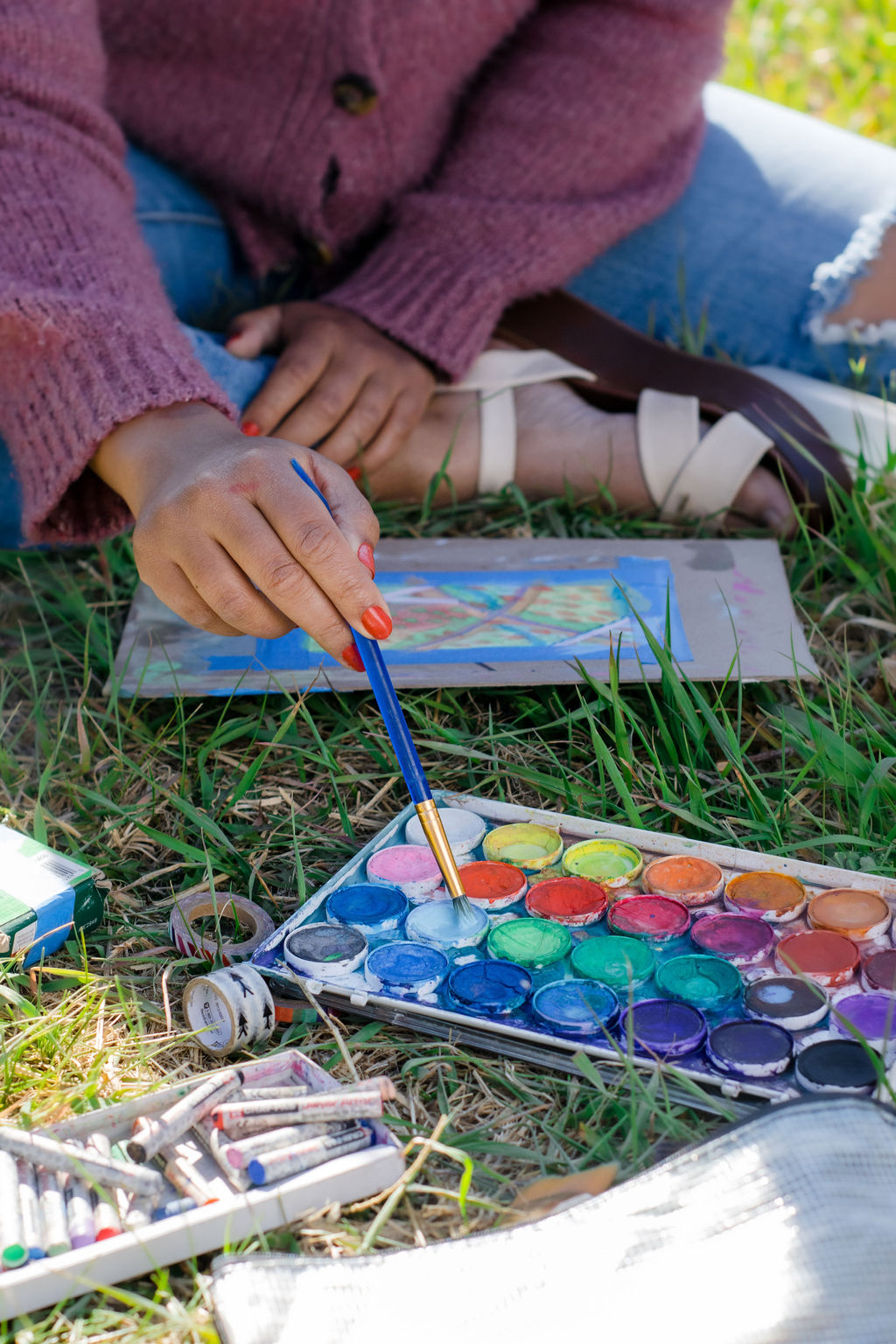
Image Credits
First photo of me sitting on the table inside: Nathan Morgan, Morgan Visual Productions and ALL other photos: Sara Hazard, Passion House Media


